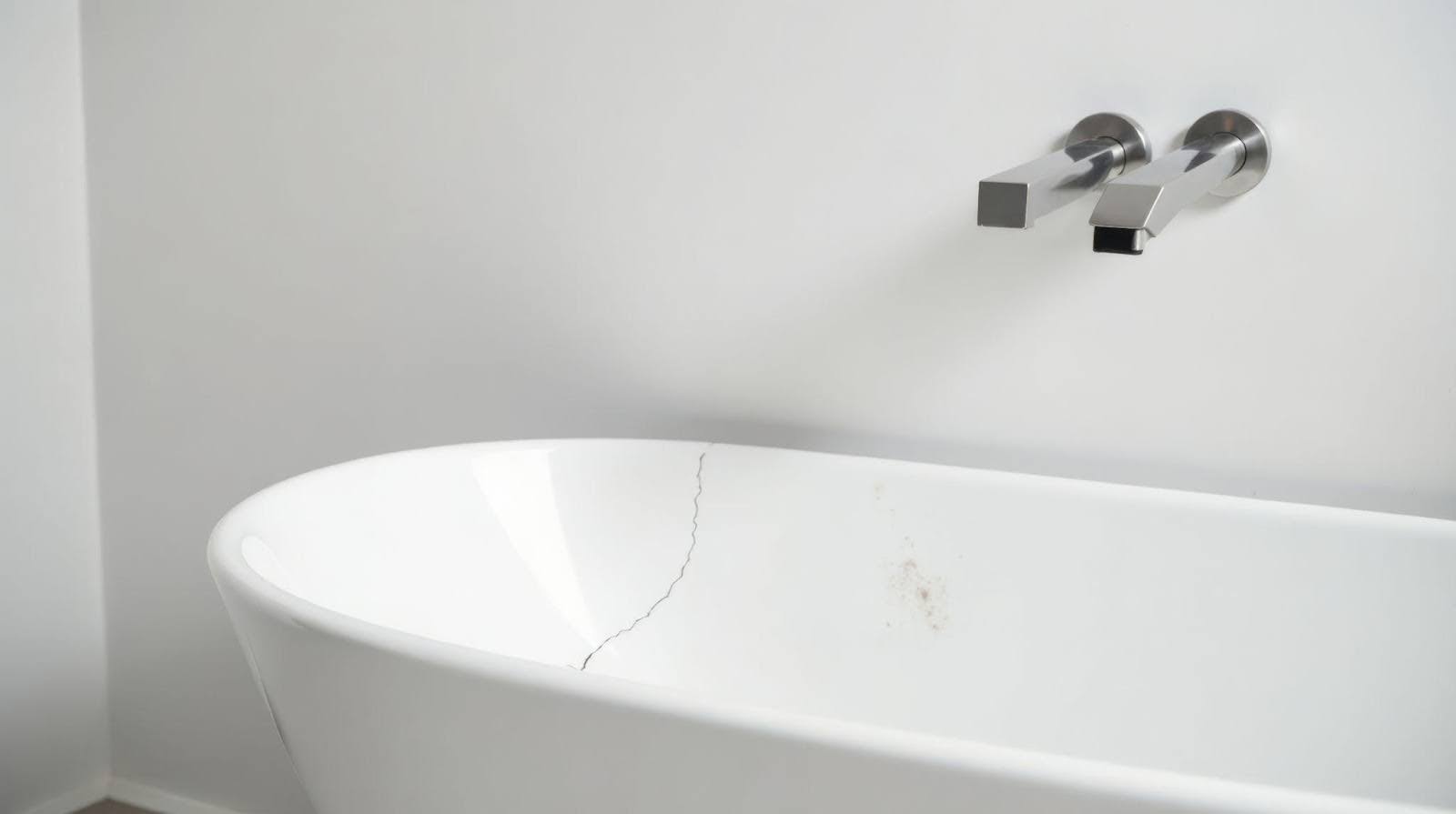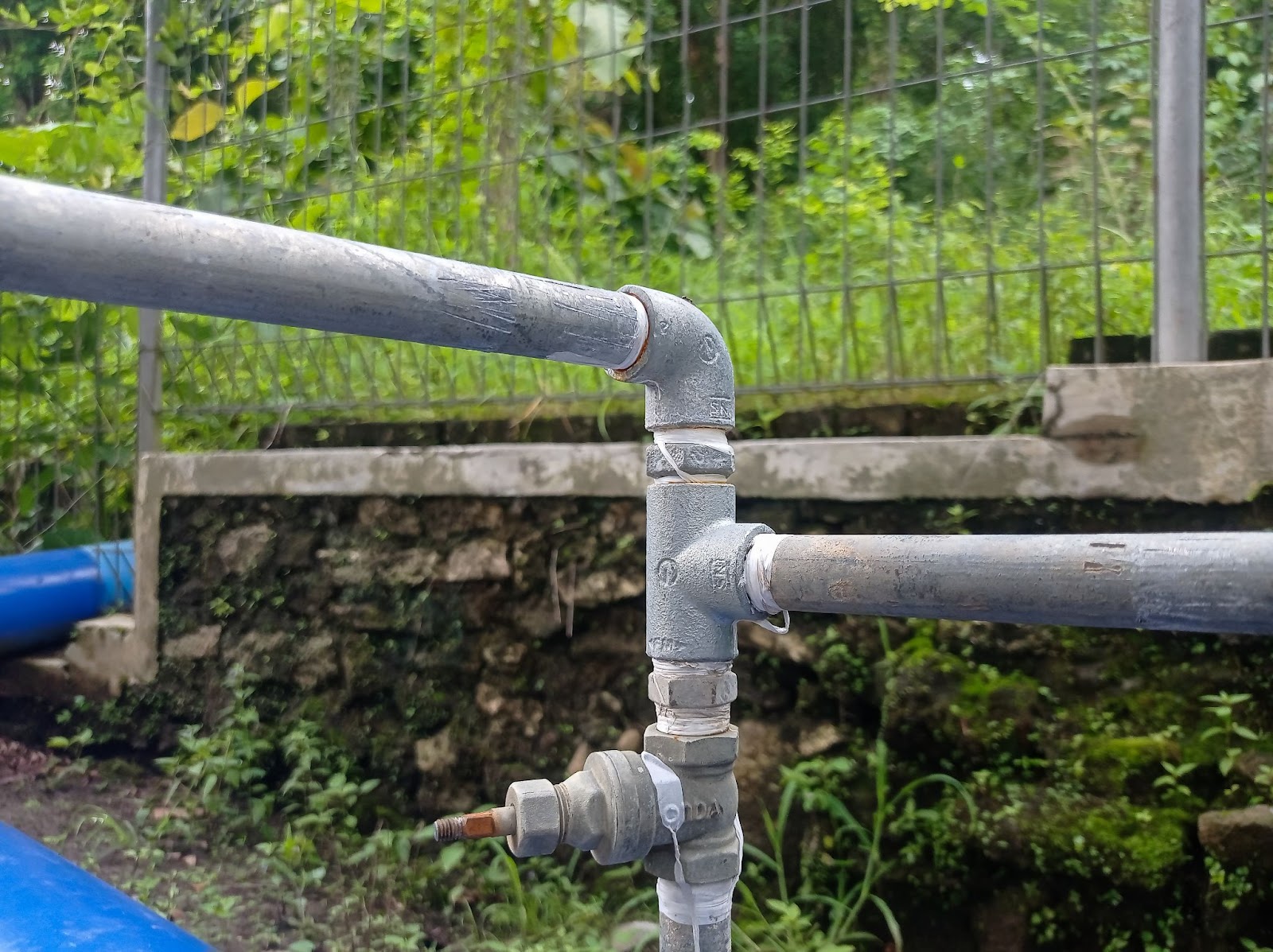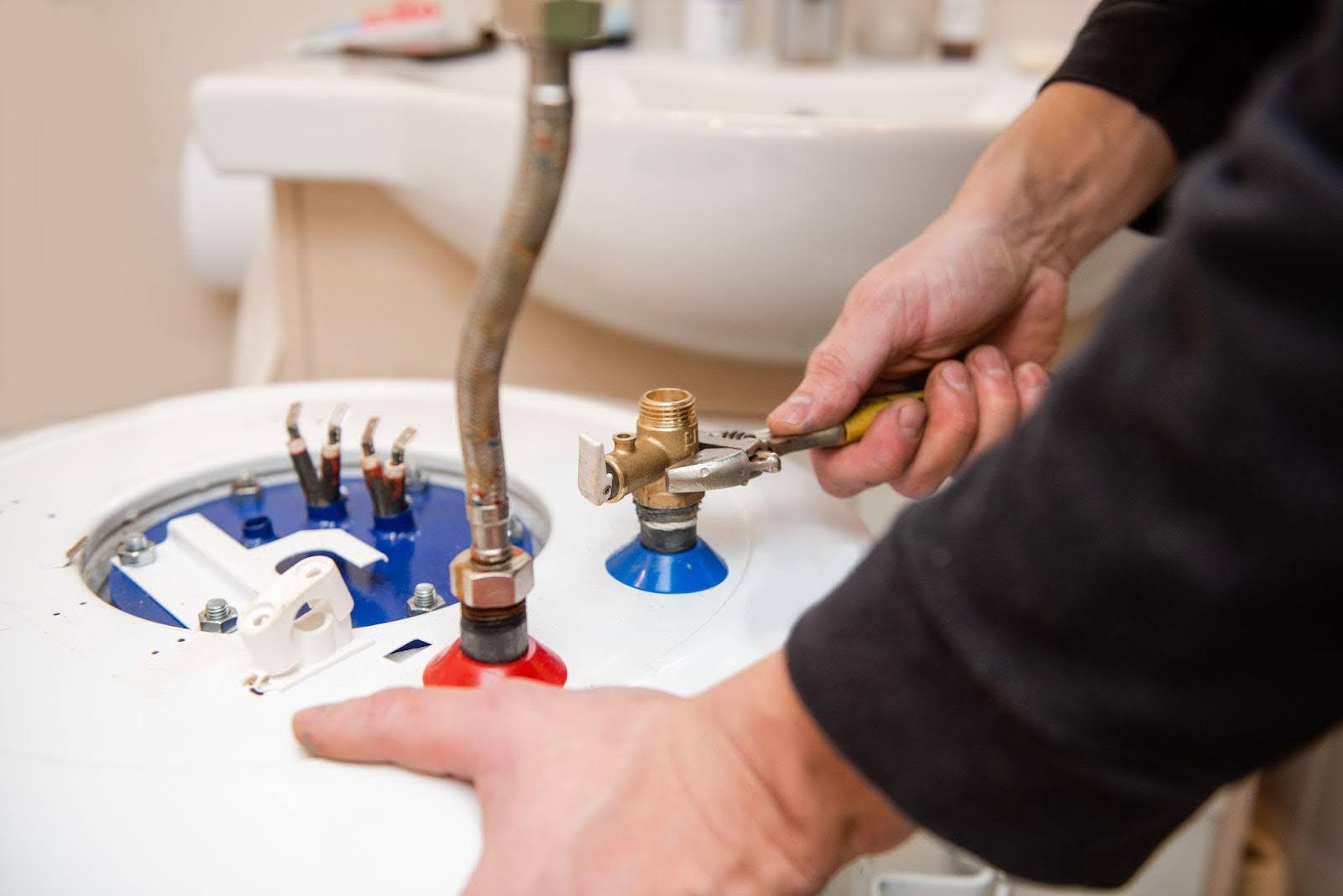A cracked bathtub is a sign that your bathroom may be at risk of leaks, water damage, and even hidden mold. What often starts as a small hairline fracture could quickly spread, turning a simple repair into an expensive replacement if left ignored.
Understanding why tubs crack, the risks of putting off repairs, and the options available to fix the problem will save you time and money. While there are short-term tub repair kits for minor damage, professional bathtub repair or replacement is often the best way to protect your home and restore your bathroom’s safety and comfort.
In this blog, we’ll break down the common causes of cracks, the dangers of leaving them untreated, and the smartest ways to fix and prevent them.
Why bathtubs crack
Cracked bathtubs are more common than many homeowners realize, and the causes vary depending on the tub’s material and condition. Most modern bathtubs are made from fiberglass, acrylic, or porcelain-coated steel. While each material has its strengths, they’re all vulnerable to certain types of damage.
Impact damage
Dropping a heavy object, like a shampoo bottle or showerhead, may cause chips or fractures in fiberglass and acrylic tubs. If not addressed quickly, these small cracks may spread over time.
Improper installation
Another frequent cause is improper installation. If a bathtub isn’t supported correctly underneath, it could flex every time someone steps in. That repeated pressure weakens the material, eventually leading to stress cracks.
Age and general wear
Age and general wear also play a role. After years of daily use, tubs may become brittle and more prone to cracking, especially in high-stress areas like the bottom surface. Sudden temperature changes — such as filling a cold tub with very hot water — may also create tension that results in cracks.
Whether the damage appears as a hairline fracture or a deeper split, the issue requires attention. Professional bathtub repair is often the best way to stop cracks from spreading and protect the rest of your bathroom from leaks or water damage.
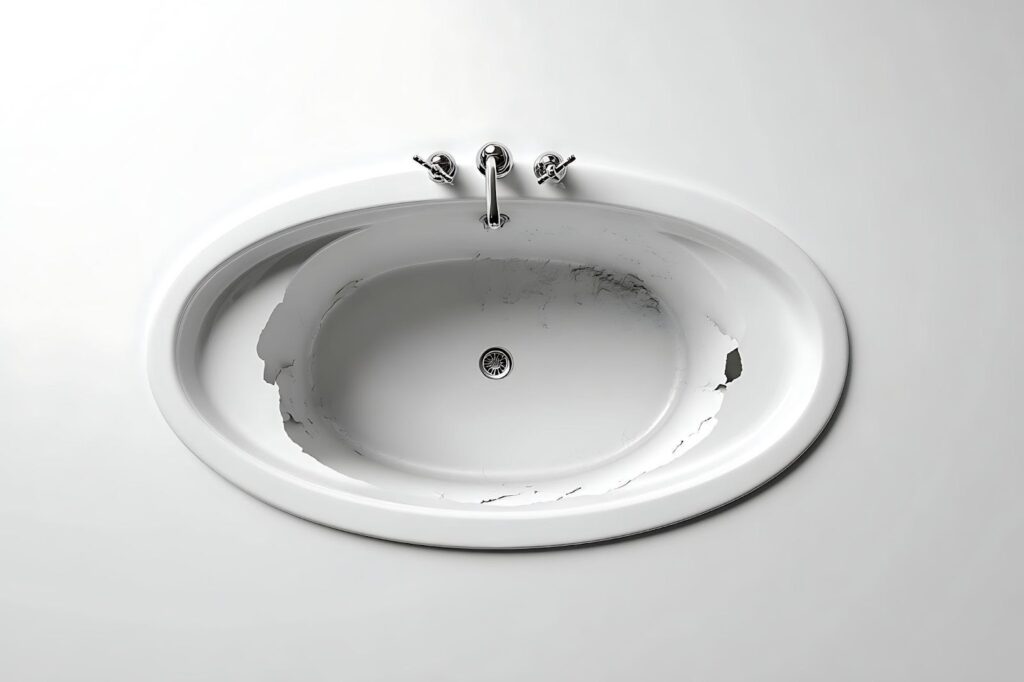
The risks of ignoring a cracked bathtub
A cracked bathtub may start as a minor inconvenience, but leaving it untreated leads to serious problems. What appears to be a minor surface flaw often conceals more significant risks beneath the surface.
Water damage
Even a hairline crack can let water seep into the subfloor, walls, or surrounding areas. Over time, this hidden moisture weakens your home’s structure, leading to expensive repairs.
Mold and mildew growth
Moisture trapped under the tub creates the perfect breeding ground for mold and mildew. This damages your bathroom and poses potential health risks for your family.
Unsanitary conditions
Cracks trap soap scum, bacteria, and grime, making the tub harder to clean. A compromised surface is less hygienic and might become unpleasant to use.
Worsening damage
Small fractures rarely stay small. With daily use, water pressure and weight cause cracks to spread. What could have been a quick tub repair may turn into a full replacement if ignored.
Taking action with professional bathtub repair at the first sign of trouble is the best way to prevent further damage and protect your home.
Temporary DIY repair options
If you’ve discovered a cracked bathtub, you may be tempted to fix it yourself. While professional bathtub repair is always the best long-term solution, a few temporary fixes can help you keep the problem under control until a plumber can take a closer look.
Most hardware stores carry tub repair or patch kits designed for fiberglass and acrylic bathtubs. These kits usually include a filler or resin that you apply directly into the crack and sandpaper to smooth the surface once it dries. The process is fairly simple:
- Thoroughly clean and dry the area around the crack.
- Apply the filler or patch material as directed.
- Allow the product to cure fully.
- Sand lightly to blend the repaired spot with the rest of the tub.
While these kits can seal small cracks and stop immediate leaks, they are not a permanent fix. Larger or deeper cracks often signal underlying issues — like weak tub support or structural stress — that DIY methods can’t solve. That’s why it’s important to see a temporary repair as a stopgap measure until you schedule professional bathtub repair.
Professional bathtub repair and replacement
While DIY kits might hold off leaks for a little while, professional bathtub repair is the only way to ensure the problem is handled correctly and won’t return. A plumber has the tools and expertise to determine whether they can repair your cracked bathtub or if replacement is the smarter investment.
For tubs with minor surface cracks, a professional often uses specialized fillers, resurfacing techniques, or refinishing methods that restore appearance and strength. These repairs blend seamlessly with the original material, making the tub look almost new again.
However, replacement may be the most cost-effective option if the damage is more extensive — such as deep structural cracks, multiple fractures, or an older tub that has already seen repairs. In these cases, a new tub eliminates the risk of future leaks and can also upgrade your bathroom’s overall style and comfort.
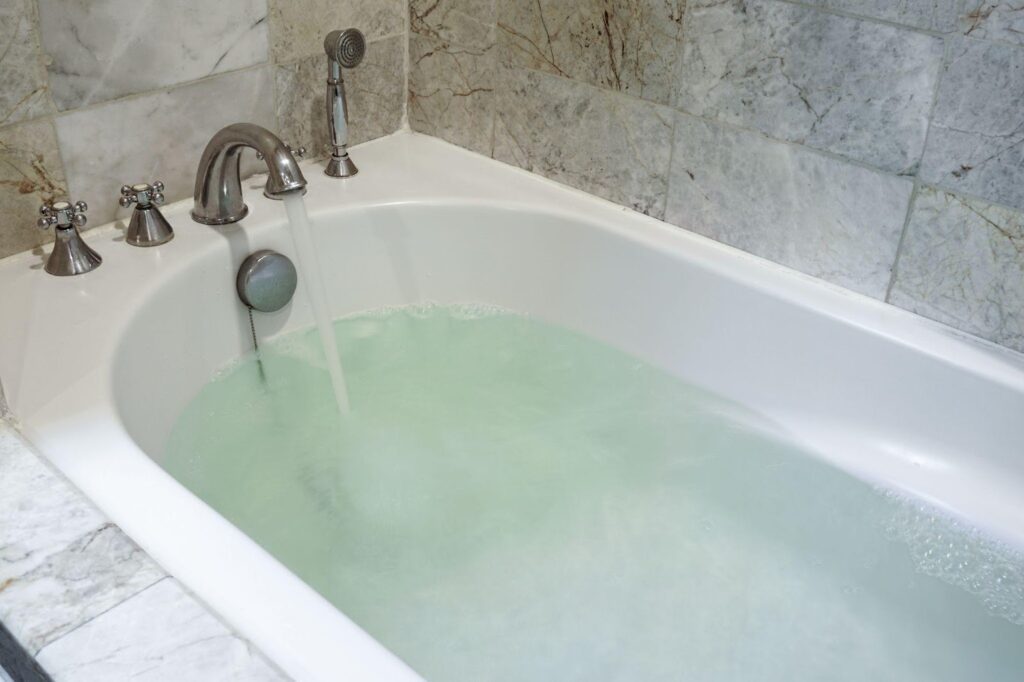
How to prevent future cracks
Once you’ve dealt with a cracked bathtub, the next step is to prevent it from happening again. With the right care and installation, you’ll be able to keep your tub in good shape for years.
Proper installation
A bathtub needs solid support underneath to handle daily use. The tub will flex and eventually crack if there’s no reinforcement for the base. Professional bathtub repair or replacement ensures the tub gets installed on a stable foundation.
Gentle cleaning
Harsh chemicals and abrasive scrubbers wear down the tub’s surface, making it more vulnerable to damage. Stick to non-abrasive cleaners designed for fiberglass, acrylic, or porcelain.
Avoid heavy impacts
Dropping sharp or heavy items into the tub is one of the fastest ways to cause cracks. Using shower caddies or shelves helps reduce the risk of accidents that lead to tub repair.
Routine inspections
When you step in, check your tub for early signs of wear, such as discoloration, tiny surface lines, or flexing. Addressing these issues early can stop small problems from becoming bigger ones.
By following these steps, homeowners extend the life of their bathtub and reduce the need for future repairs.
Restore your bathtub with expert help from Salisbury Plumbing
A cracked bathtub doesn’t have to turn into a bigger problem. Whether you need professional bathtub repair or a complete replacement, getting help from trusted experts ensures the job is done right.
At Salisbury Plumbing, we take the stress out of bathroom repairs by diagnosing the issue, providing lasting solutions, and protecting your home from further damage. Our team has the experience to handle everything from small cracks to complete installations.
Contact Salisbury Plumbing today to schedule your bathtub repair and bring comfort and peace of mind back to your bathroom.


